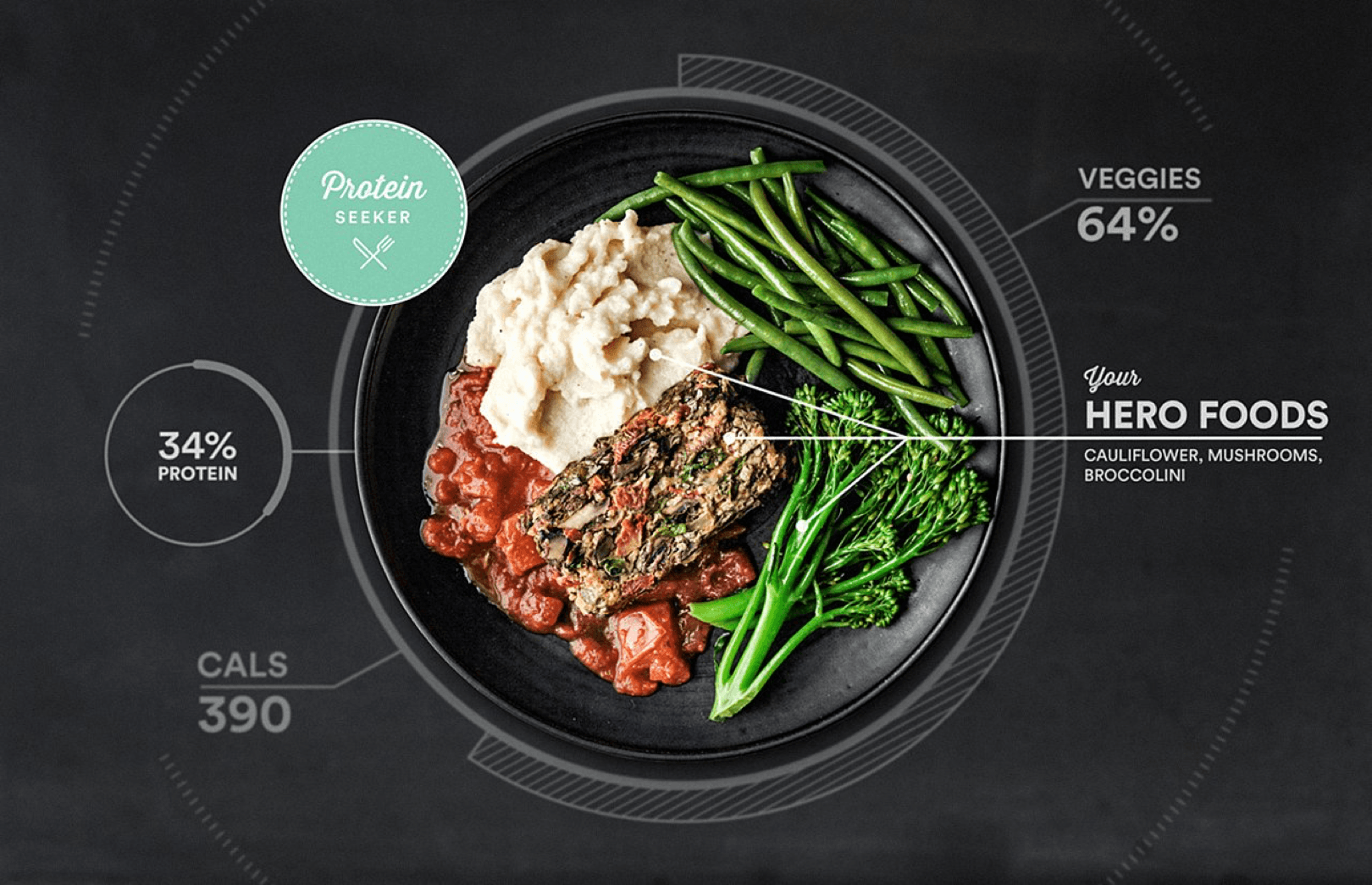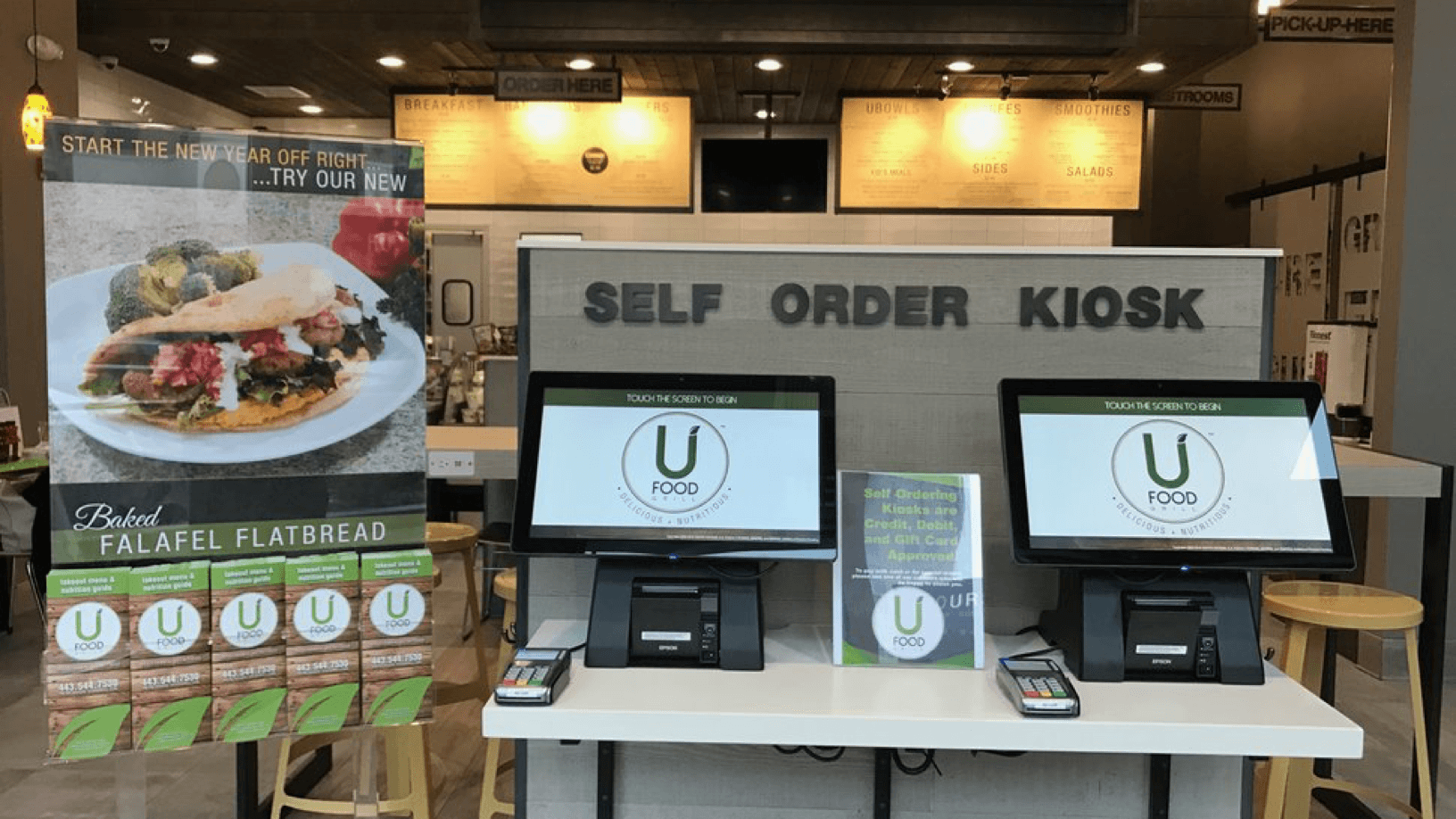New Year. New Options.
This week, millions of Americans renewed their gym memberships and promised 2018 will be the year they start eating healthier. Yet a committed subset of this group took their resolutions to the next level by enlisting the scientists at Habit to create personalized wellness and nutrition plans.
A high-profile disruptor in the food-tech sector with the backing of Campbell’s Soup Co., Habit uses biological samples to identify genetic variants and biomarkers within a customer’s DNA to create a personalized nutrition profile and, in some areas, even deliver personalized meals based on their biological profile.

The process isn’t for the faint of heart, as author and contributing writer at the Washington Post, Sophie Egan, found out the hard way. The $299 (plus shipping and handling) investment requires a DNA cheek swab, core measurements and the ingestion of a proprietary Habit Challenge™ Shake. But perhaps Egan’s most astute observation came toward the conclusion of her essay when she wrote:
“On the face of it, personalized nutrition makes sense. Many people feel that the existing national dietary guidance of one-size-fits-all has failed them.”
Unlike other diet/nutrition companies that promote the ability of users to customize their programs, Habit is unique in its promotion of nutrition personalization. And the latter is quickly becoming the new consumer expectation.
WHY IT’S HAPPENING
Personalization is the direct result of the consumer shift from Affluence to Influence. As Generation Z witnesses the true death of a majority at a conceptual level, mass fragmentation will make the idea of ‘majority’ irrelevant for both brands and marketers. As A.T. Kearney explains:
“Affluence Model consumers bought the fiction that ‘one size fits all.’ Alternatively, Influence Model shoppers believe ‘one size fits nobody–except possibly by accident.’ Societal fragmentation will be celebrated as personalization in the Influence Model.”
WHAT WE THINK
The desired result of personalization vs. customization is identical: a better customer experience. But the paths to get there are dramatically different.
- Customization: Brands provide a single set of choices that consumers can adjust based on their preferences
- Personalization: Brands curate choices already tailored to a consumer’s preferences based on previous behaviors/interactions
WHAT’S NEXT
To achieve true customer personalization, brands and marketers must leverage the power of customer data. Below are a few ways personalization will likely come to life in food and beverage marketing:
Loyalty Programs Get Personal
In a November 2017 consumer study, Restaurant Hospitality found that 59% of consumers said they would be more likely to participate in a loyalty program if rewards were customized to their prior purchases. For example, instead of offering a generic “Free Drink” reward, Starbucks could utilize consumer transaction data to instead offer this customer her most frequently ordered beverage: a grande salted caramel mocha with extra whip.

Consumer-Designed Food
Back in 2014, Barilla introduced the world to their 3D pasta printer, which could print unique shapes in under two minutes. Contests are held each year to come up with new designs and, as Saveur Magazine explains, the 3D software can sculpt forms that could never be made by hand or machine. As technology becomes more accessible, consumers could theoretically craft and print their designs for a truly personalized pasta experience at home.
Menu Recommendations
UFood Grill recently installed new ordering kiosks with facial recognition software at their Owings Mills, MD, location. Customers who opt-in for having their face scanned sync it with a credit card and the system begins tracking their orders. On the next visit, a quick scan by the kiosk can bring up past orders for quick ordering. Proponents of the technology say facial recognition, paired with data algorithms, will soon be able to serve up personalized food and beverage recommendations.

